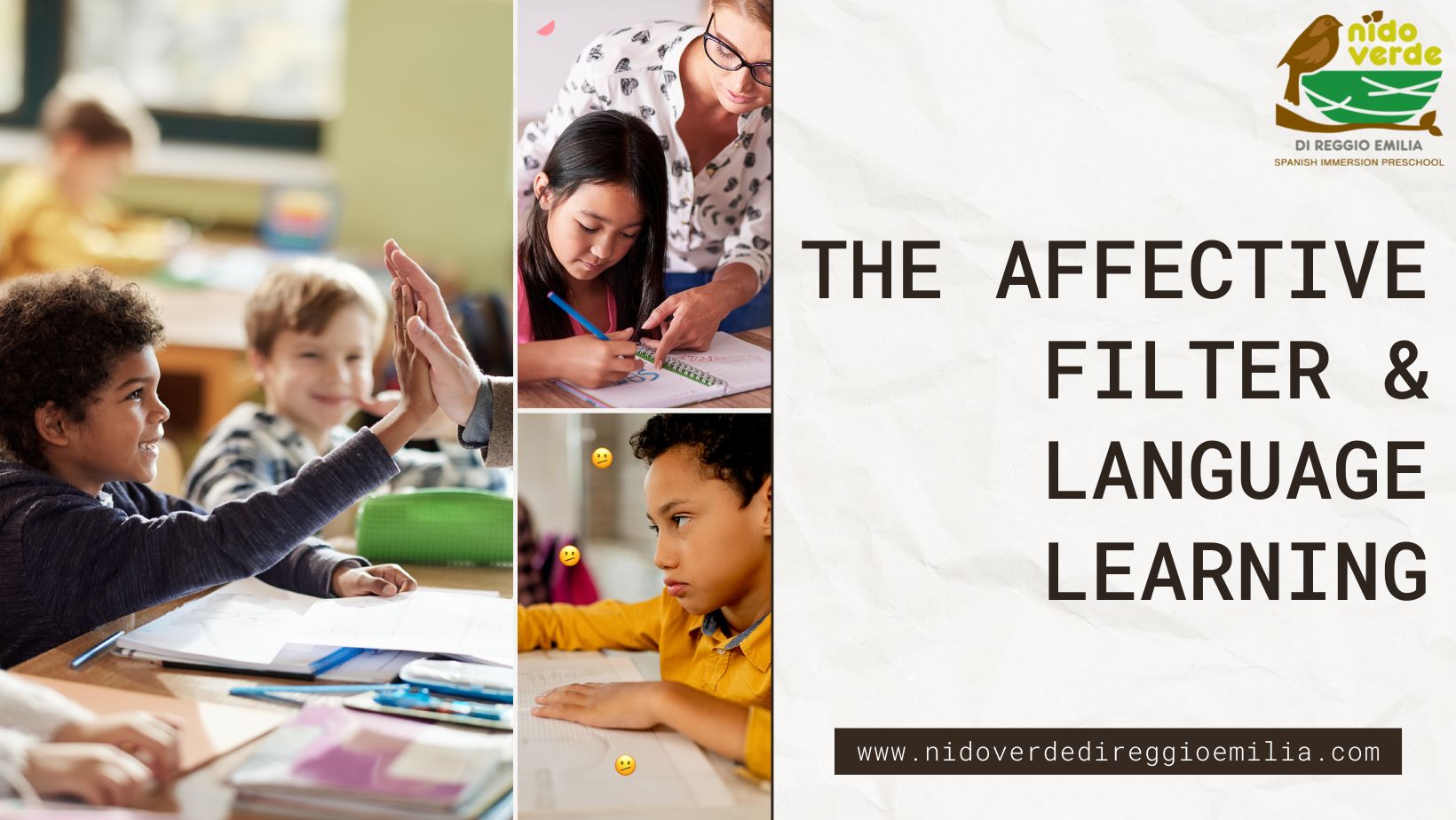The affective filter hypothesis states that language cannot be learned if the learner is impeding the process. In other words, a learner may be mentally prepared to learn or may be impeding the learning process in some way. A learner can have a high or low affective filter: the higher the filter, the less likely language schools Austin and you will occur; the lower the filter, the more likely language learning will occur.
What Is The Affective Filter?
The “affective filter” is a second language acquisition theoretical construct that attempts to explain the emotional variables associated with second language acquisition success or failure. The affective filter is an invisible psychological filter that can either help or hinder second language production.
What Causes a High Affective Filter?
Stress and discomfort have a negative impact on learning. A learner must feel safe and comfortable in the learning environment in order to learn effectively. During the learning process, the learner should not feel stressed or anxious. Furthermore, the learner should be motivated to participate in learning activities without fear of making mistakes.
Consider this: the times when you are able to study the most diligently are most likely times when you are most at ease and safe. You are at ease and not under any duress. You are both mentally and physically at ease.
Symptoms of a High Affective Filter
As a teacher or parent wishing to teach your child a second language, it is critical to be aware of the signs and symptoms of a high affective filter.
Understanding some common behaviors of students with a high affective filter allows us to identify them more quickly at home or in the classroom and adapt our teaching and learning environment to lower the affective filter.
Here we have mentioned the four emotional states that raise the affective filter and thus impair second language acquisition:
- Anxiety
- a lack of motivation
- Lack of self-assurance
- Negative mindset
Let’s look at how some of these factors manifest themselves in terms of behavior.
1. Behaving Bored
Is the child staring off into the distance? Yawning? Fidgeting? All of these are symptoms of boredom and a high affective filter.

When a child loses interest in a lesson and becomes distracted, we often refer to them as ‘disruptive’ or ‘disengaged’. As if to imply that the student is the problem here or you can also learn more about the International schools in Austin.
Of course, there are instances of disruptive student behavior, which frequently affects classrooms on a larger, school-wide scale.
2. Anxiety
Another emotion that can cause a high affective filter and impede language learning is anxiety.

Anxiety in a language learning setting can arise from a variety of sources, but in a classroom, it is frequently caused by a sense of intimidation. And that fear is usually triggered by the pressure to produce original output – that is, to speak in the foreign language!
I believe we can all recall a time when we were intimidated by the language learning process!
In the early stages of second language learning, it is common for students to stumble and make numerous errors.
3. Deflated Body Language Or Tone
A negative tone or negative body language are usually telltale signs that the child’s Affective Filter is activated and they are either bored, anxious, unmotivated, or lacking in self-confidence about the language learning that is expected in class.

For fear of being called upon and put on the spot, these students frequently avoid making eye contact. They try to blend in or stare off into space. Or they could be legitimately zoning out and not truly present.
Read more about: Daycare or School: Three Differences That Really Matter For Your Child
4. Trouble Following Instruction
If your second language learners are unable to follow instructions in the target language, it could be due to an increase in their affective filter.

Try re-evaluating your instructions; are they too complicated for their language/developmental level? Is it necessary to divide the instructions into more specific multi-step instructions? Also, reconsider whether the instructions are actually understandable – perhaps you need to act or draw them out step by step?
Finally, but most importantly, assess the child’s inner emotional landscape: is there boredom, stress, anxiety, or a lack of motivation?
Lowering The Affective Filter
So, how do we foster a learning environment in which students’ affective filters are low?
The affective filter theory suggests that students will thrive in language learning when they feel safe and supported.
Of course, physical safety is important when learning anything, but here we are referring to the emotional safety that facilitates language acquisition.
A child is more open to language input if they are at ease in their learning environment.
At Nido Verde Di Reggio Emilia, we believe in learning through play in a loving and respectful environment. We provide a Spanish speaking environment in which children can explore. For more details, you can call us at +1-512-202-8295 or email us at admissions@nidoverdedireggioemilia.com.





 1701W. Anderson Ln Austin TX 78757
1701W. Anderson Ln Austin TX 78757
